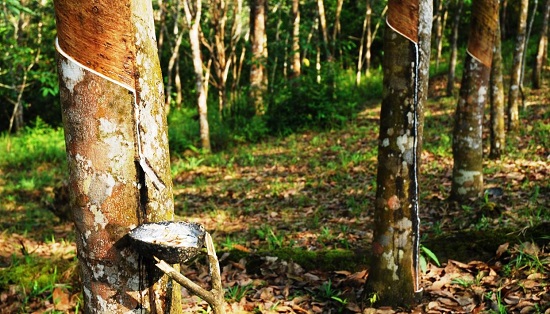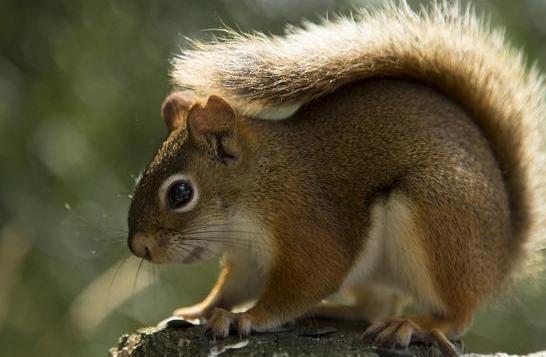Updated By: LatestGKGS Desk
Rubber Tree Harvesting, Climate, Natural Rubber, History, Uses,

The rubber tree (Hevea brasiliensis) is indigenous to the tropical rainforests of Amazonia.
Rubber seedlings were introduced into Southeast Asia in the 1870s by the British.
The rubber harvesting area in SE Asia was ∼7.0 Mha in 2010, and it accounted for 75% of the world total (FAO 2010).
The highest production is in Thailand, followed by Indonesia, Malaysia, Vietnam, the Philippines, Myanmar, and Cambodia.
the process of harvesting natural latex is surprisingly simple, and also very environmentally sustainable! We have found that there is a lot of confusion about what natural latex is and where it comes from.
The soil requirement is well-drained, weathered soil consisting of laterite, lateritic types, sedimentary types, nonlateritic red or alluvial soils.
climatic conditions for optimum growth of rubber trees are Rainfall of around 250 centimetres (98 in) evenly.
Temperature range of about 20 to 34 °C, with a monthly mean of 25 to 28 ° C.The atmospheric humidity of around 80%.
Around 2000 hours of sunbeams per year at the time of six hours per day during the year The absence of strong winds.
Various high-yielding clones have been produced for commercial planting. These clones yield more than 2,000 kg of dry rubber per hectare per year, under ideal conditions.

